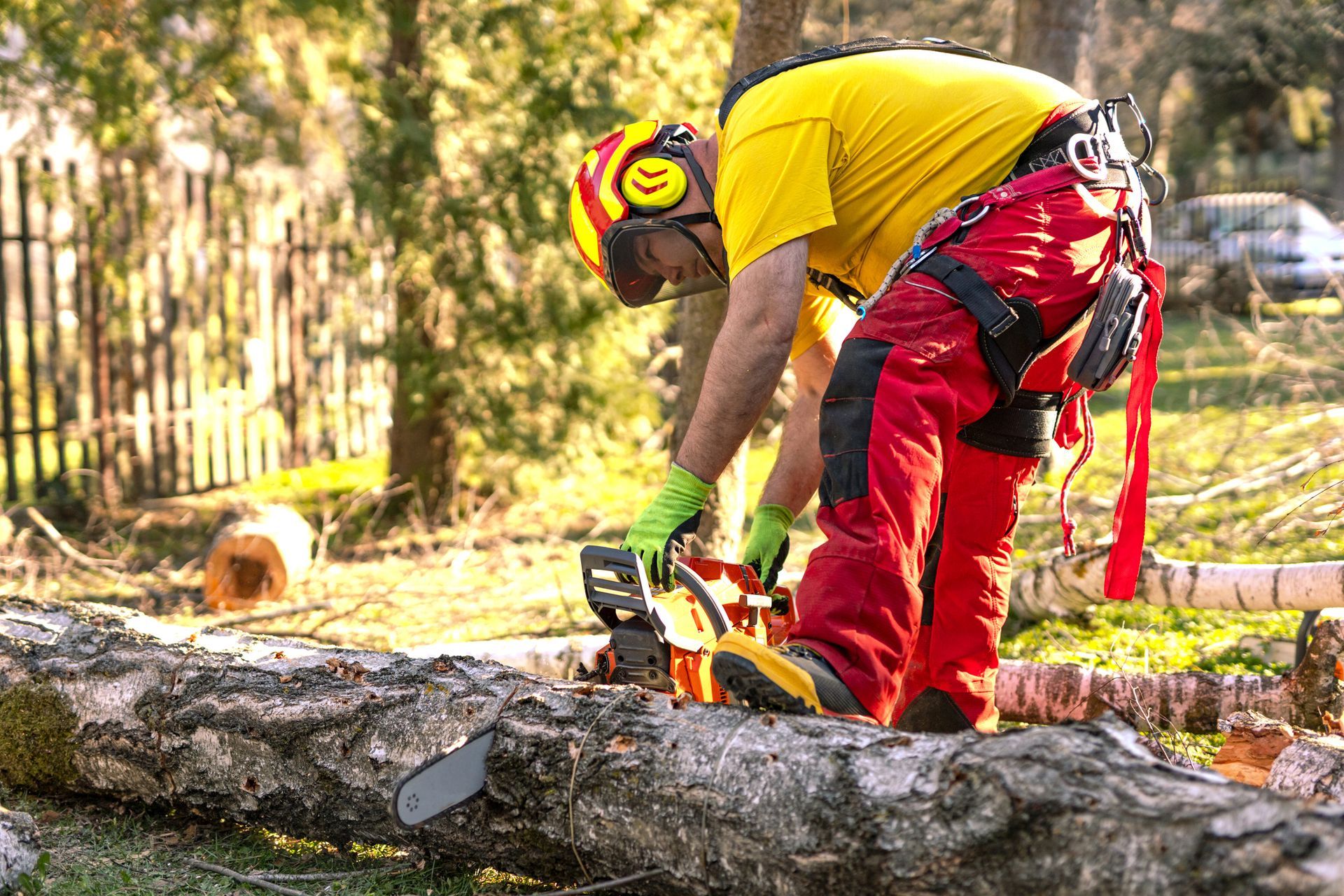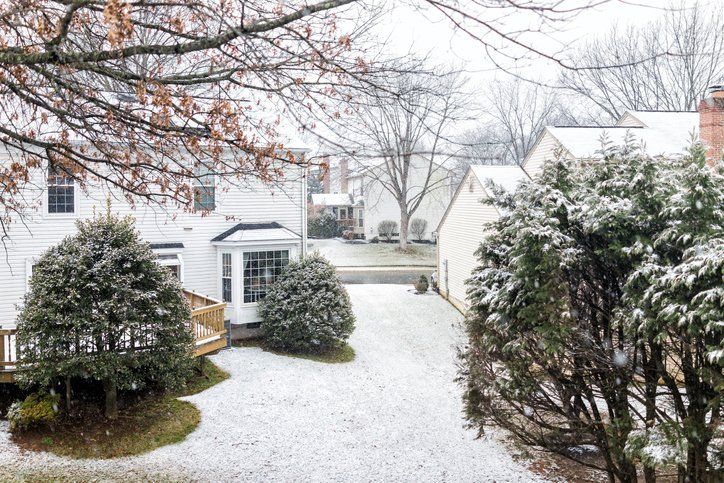3 Common Diseases That May Affect Crabapple Trees
By Admin • March 6, 2019
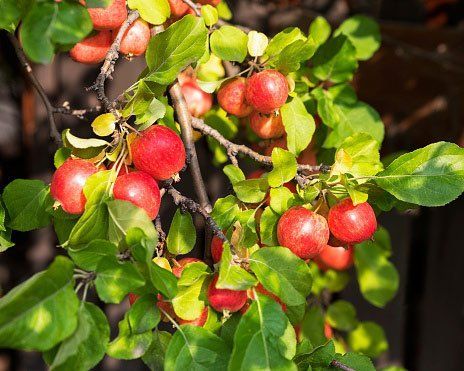
Crabapple trees offer many benefits to homeowners. Not only do crabapple trees add texture and color while producing fruit, but they also improve your home's curb appeal and value.
Of course, proper care of your trees is essential if you want them to remain healthy and attractive. Although durable and easy to grow, the crabapple tree is susceptible to a few diseases. With this guide and the help of professionals, you will understand and be able to treat a few common diseases that may affect your crabapple tree.
1. Apple Scab
Apple scab is one disease to be concerned about. As the name suggests, apple scab disease can cause scabs to develop on the leaves and fruit of your crabapple tree.
In most cases, apple scab infections start in the early spring, so you may first start noticing these imperfections on young leaves. The scabs will be light green in color, but turn to a darker olive-green shade over time.
Apple scab disease is caused by a fungus, which may develop most commonly in warm, moist environments. If your crabapple tree receives too much moisture, whether from excess rain, irrigation, or a lack of sunlight, the fungal growth is likely to occur.
Prevention is your best option for treatment. To prevent the development of apple scab, avoid overwatering your tree. This will help reduce the risk of fungal growth.
If your crabapple is showing signs of apple scab, an application of fungicide will be necessary. Most experts recommend pruning off infected fruit and limbs, as well, to stop the fungal growth from spreading to other areas of the tree.
2. Fire Blight
Fire blight is also a disease that may affect your crabapple tree. Because the disease can spread quickly throughout the entire tree, knowing the early signs of fire blight disease is essential for effective and efficient treatment.
As the name suggests, the disease causes the leaves of your tree to look like they have been set on fire. Infected leaves will appear scorched. While they do die, the leaves will not fall off the tree.
If your crabapple tree is infected with fire blight disease, you may also notice reddish lesions on the bark. The lesions may ooze a watery, tan liquid. Eventually, the disease will spread to the fruit and flowers, causing them to die as well. Without intervention, fire blight disease can kill your entire tree.
Hire a tree service to remove diseased leaves, fruit, and limbs. If the trunk is infected, they may also need to remove portions of the bark to stop the disease from spreading further through the tree.
3. Cedar Apple Rust
Cedar apple rust is also a disease you should be concerned with. Also known as CAR, cedar apple rust disease got its name because of the rusty lesions that develop on infected trees.
You may notice small green or yellow spots on the foliage first, but these spots enlarge and darken into a rust-like color very quickly. The lesions may also develop under the leaves and on the fruit. Most crabapple trees infected by cedar apple rust will produce malformed fruit.
At the very first sign of cedar apple rust, you should apply a fungicide to the entire tree. Pruning any foliage that shows the lesions is also important for stopping the fungal disease from spreading throughout your tree.
Crabapple trees may be easy to grow and maintain, but they are still at risk of certain diseases. Fortunately, help is available. For more information on caring for your crabapple or other trees or learning how to prevent/treat these common diseases, contact County Tree Service today.

When you need dependable tree service in Chesterfield, MO , County Tree Service is the name to know. From precision tree trimming to safe removals and storm cleanup, our experienced team handles it all with care and professionalism. We’re dedicated to keeping your yard safe, clean, and beautiful year-round. Call 314-920-7263 today for expert tree service in Chesterfield

For professional tree service in Fenton, MO , trust the experts at County Tree Service. Whether you need tree removal, trimming, or storm damage cleanup, our skilled team is ready to handle the job safely and efficiently. We take pride in keeping your trees healthy and your property looking its best. Call 314-920-7263 today for reliable tree service in Fenton you can depend on!
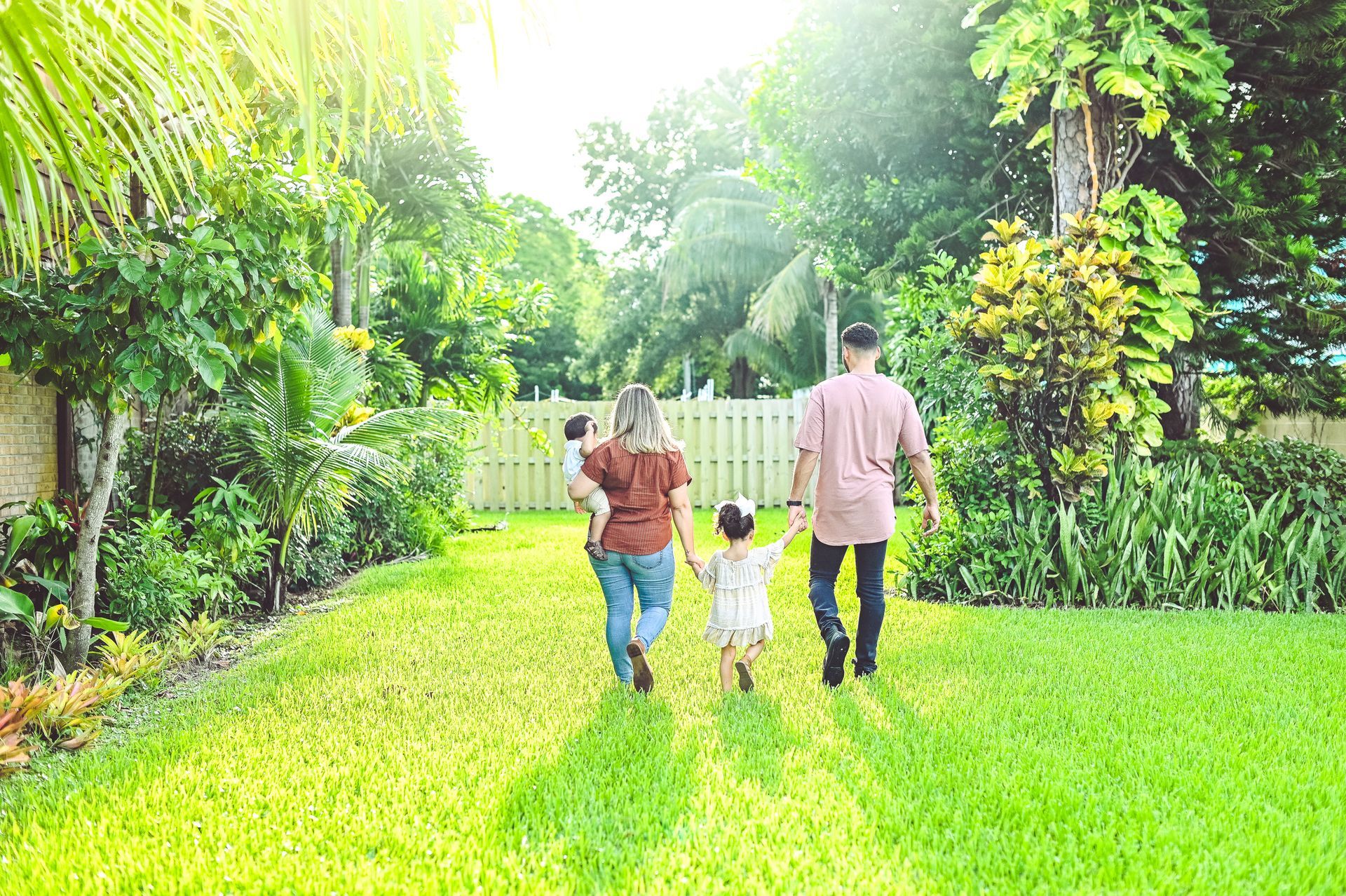
Need expert tree service in Ballwin, MO ? County Tree Service offers safe, efficient tree removal, trimming, and storm cleanup for homes and businesses. Our experienced crew is dedicated to keeping your property safe and your trees healthy year-round. Call 314-920-7263 today for trusted tree service in Ballwin from
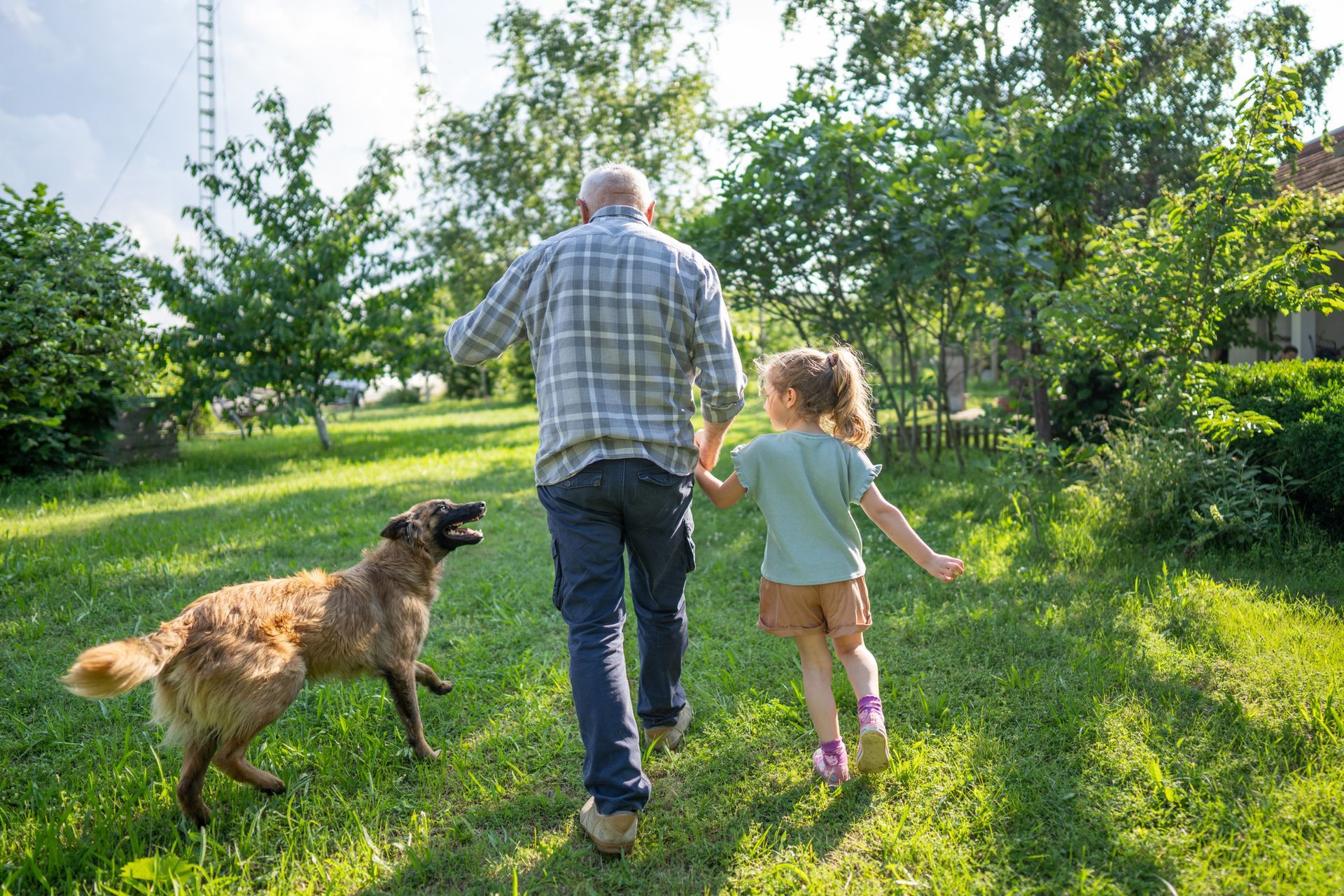
Looking for dependable tree service in Saint Louis, MO ? County Tree Service is your go-to team for expert tree trimming, safe removals, and complete tree care. With years of experience and a commitment to customer satisfaction, we keep your trees healthy and your property safe. Call 314-920-7263 today for professional tree service you can count on in St. Louis!
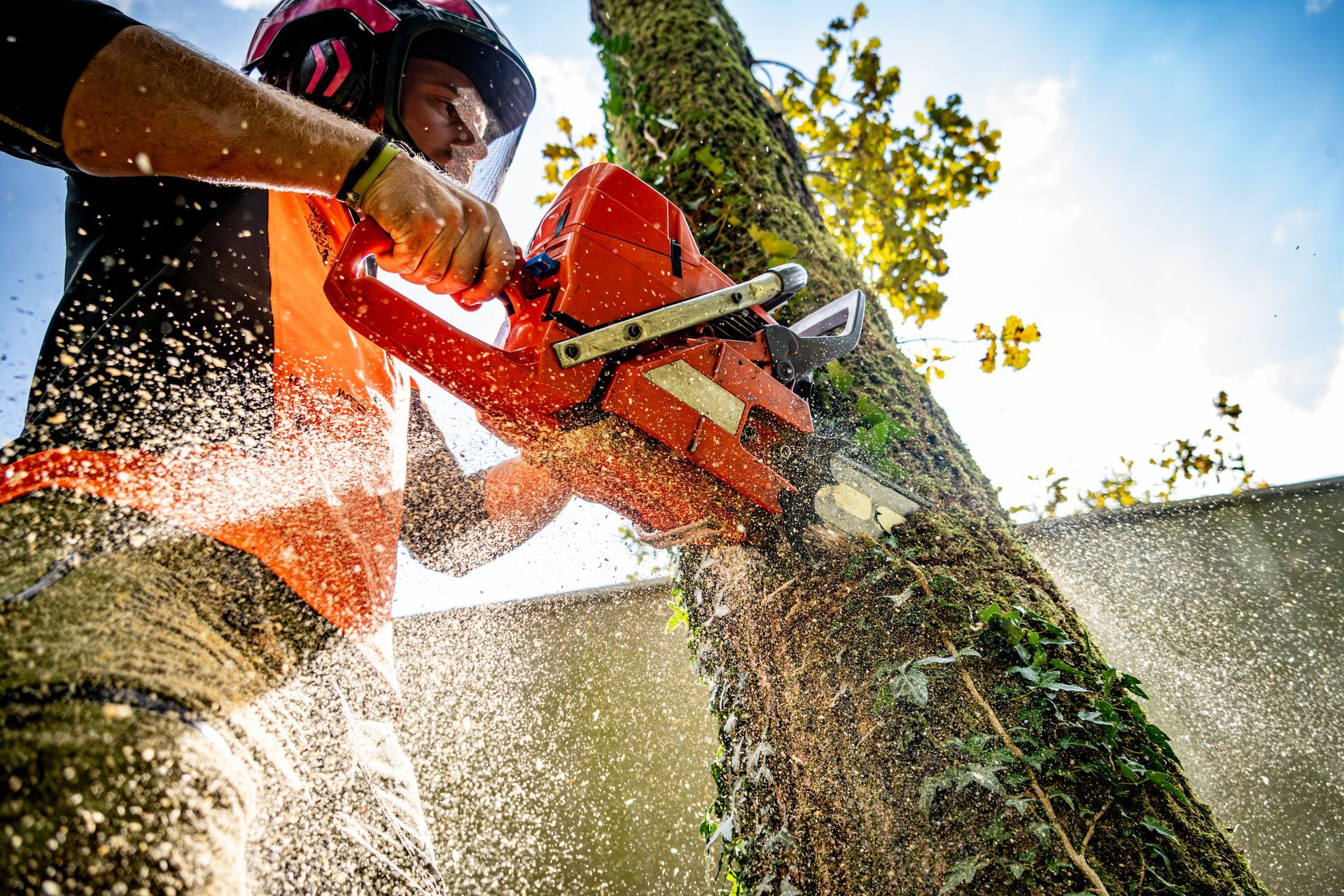
When you need dependable tree services in Fenton, MO , County Tree Service is the local company to trust. We offer comprehensive tree care, including tree removal, trimming, stump removal, and wood chipper services to keep your property safe and beautiful. Fenton’s trees face challenges like storms, pests, and disease—our skilled team is equipped to handle all of these with professional care and attention to detail. Whether it’s routine maintenance or emergency service, we’re ready to help. For reliable tree services in Fenton, MO , call County Tree Service at 314-920-7263 today for a free estimate.
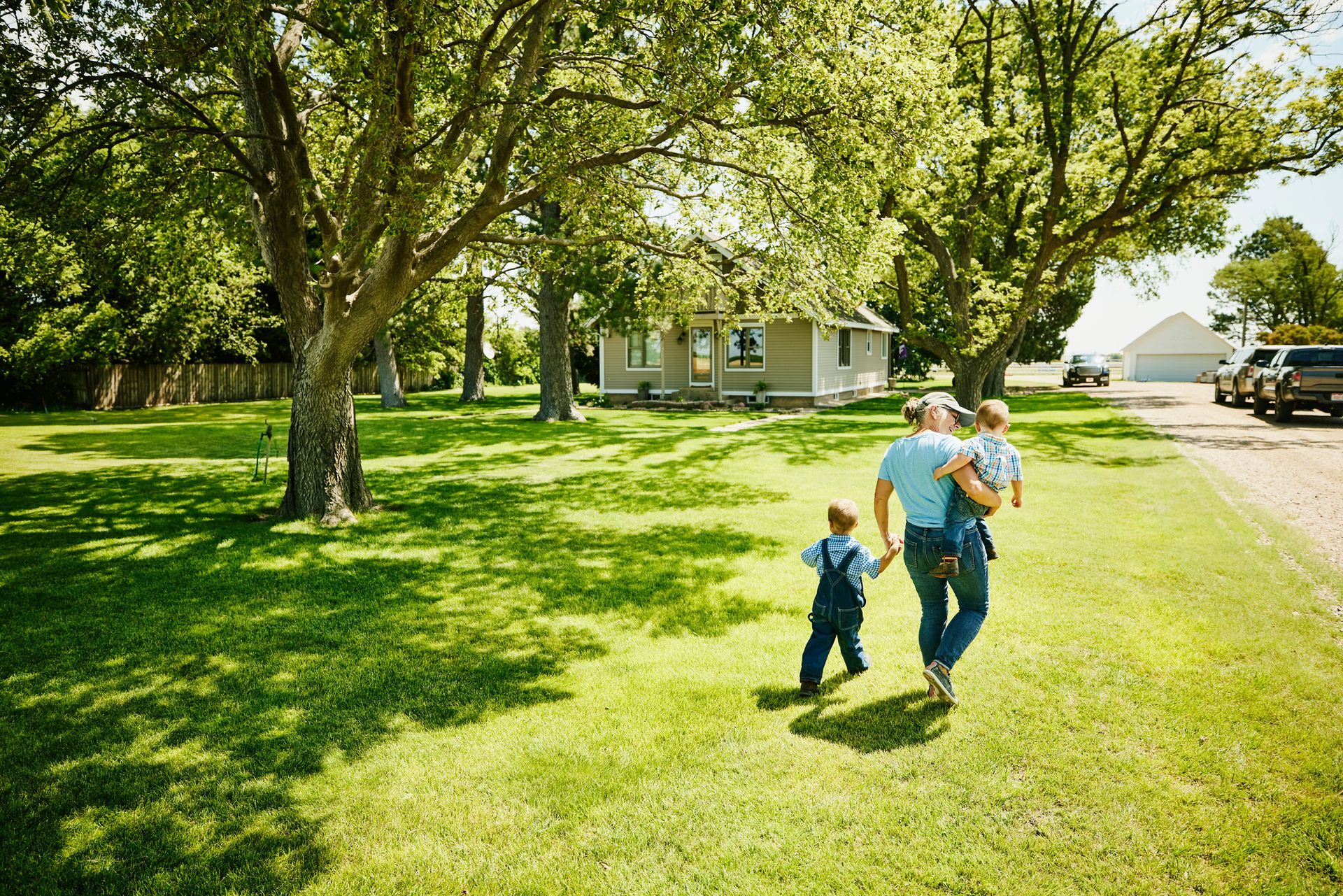
If you’re looking for professional tree services in Ballwin , MO, County Tree Service offers the expertise and equipment to handle all your tree care needs. From safe tree removal and expert trimming to stump removal and wood chipper services, we keep your property healthy and attractive. Our team understands the specific needs of Ballwin’s trees and environment. Whether it’s preventative maintenance or storm damage cleanup, we provide reliable, affordable tree services you can count on. For expert tree services in Ballwin, MO , contact County Tree Service today at 314-920-7263 for a free estimate.
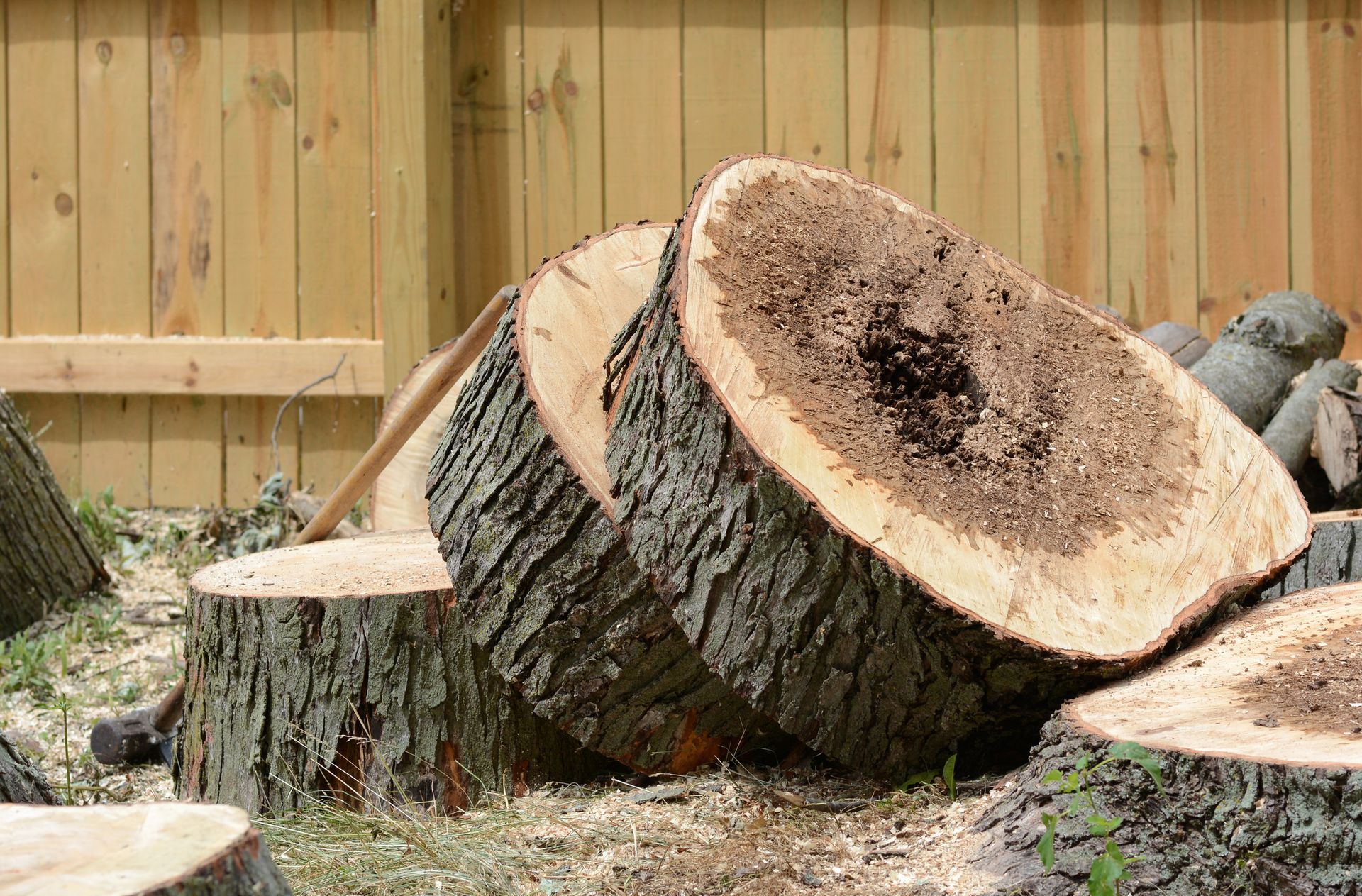
For professional and trustworthy tree services in Chesterfield, MO , County Tree Service is your local expert. We provide comprehensive tree care solutions to keep your property safe, healthy, and looking great all year long. Our team offers a full range of services including tree removal , tree trimming , stump removal , and wood chipper services . Whether it’s routine maintenance or emergency tree work, we handle every job with precision and care. Chesterfield’s climate and environment can challenge your trees, but with our expert tree services in Chesterfield, MO , you can rest easy knowing your trees are in good hands. Contact County Tree Service at 314-920-7263 today for a free estimate and expert advice on your tree needs.

